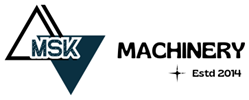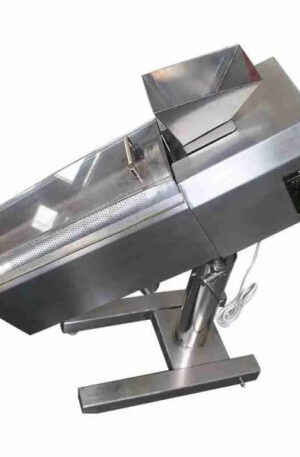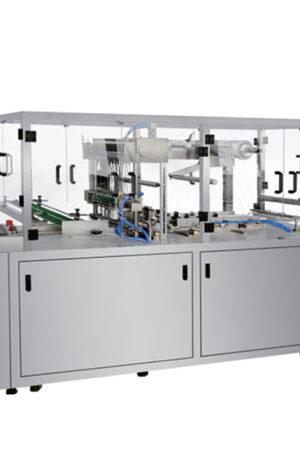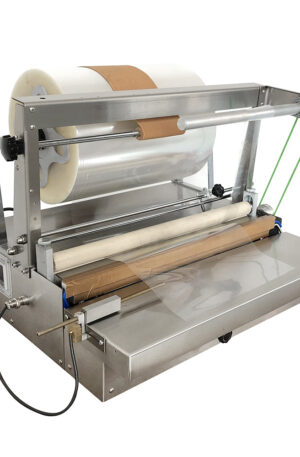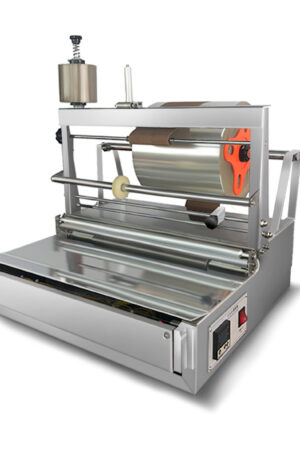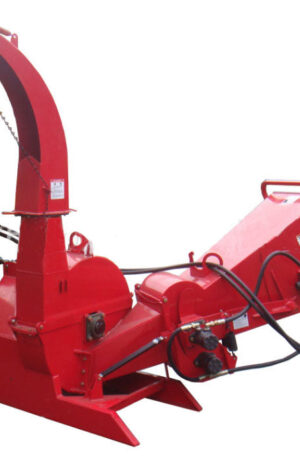 Title: The Evolution of Pharmaceutical Machines: Innovations in Drug Manufacturing
Title: The Evolution of Pharmaceutical Machines: Innovations in Drug Manufacturing
In the fast-paced world of pharmaceuticals, the development of cutting-edge machines has revolutionized drug manufacturing processes. From the humble table press machine to the sophisticated capsule filling machines, the industry has witnessed significant advancements in technology over the years.
Table press machines, such as the TDP (Tablet Press Machine) and THDP (Tablet Hardness Tester), have been essential in the production of pharmaceutical tablets. These machines compress powdered ingredients into solid tablets of precise sizes and shapes. The TDP, for example, uses mechanical force to compact the powder mixture into tablets, while the THDP measures the hardness of the tablets to ensure quality and consistency.
As the demand for alternative dosage forms grew, capsule filling machines emerged as a crucial innovation in drug manufacturing. These machines, like the popular TDP series, automate the process of filling empty capsules with drug formulations. By precisely controlling the filling process, capsule filling machines ensure accurate dosing and minimize human error in production.
The evolution of pharmaceutical machines has brought about a host of benefits for the industry. Improved efficiency and productivity have resulted in faster drug development timelines and reduced manufacturing costs. Additionally, the integration of advanced technologies, such as robotics and artificial intelligence, has enhanced the precision and quality control of pharmaceutical manufacturing processes.
In recent years, the emphasis on sustainability and eco-friendly practices has also influenced the design of pharmaceutical machines. Manufacturers are now incorporating energy-efficient features and materials that minimize environmental impact, aligning with the industry’s commitment to sustainability.
Looking ahead, the future of pharmaceutical machines is poised for further innovation. Emerging technologies, such as 3D printing and continuous manufacturing, are reshaping the landscape of drug production. These advancements hold the promise of increased flexibility, scalability, and customization in pharmaceutical manufacturing, paving the way for personalized medicine and novel drug delivery systems.
In conclusion, the evolution of pharmaceutical machines has played a pivotal role in shaping the landscape of drug manufacturing. From the traditional table press machines to the cutting-edge capsule filling machines, these innovations have propelled the industry forward and set new standards for quality, efficiency, and sustainability in pharmaceutical production. As technology continues to advance, the potential for further breakthroughs in drug manufacturing is limitless, ushering in an era of unprecedented possibilities for the pharmaceutical industry.
